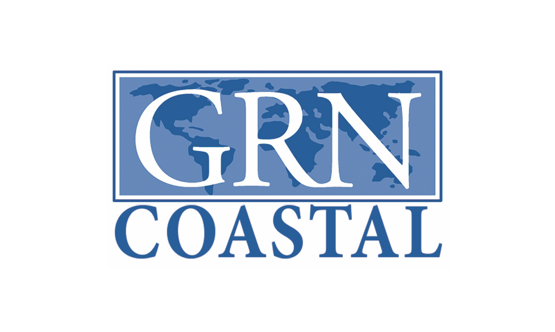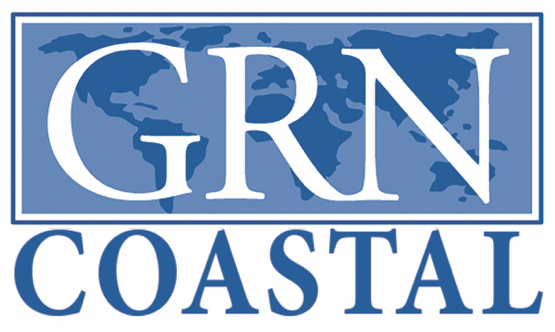Today’s hiring environment is very competitive when it comes to sourcing top talent. Top talent has choices. We find that our top candidates typically have not been looking for a role actively but they have their eyes open.
Why candidates look for new roles
Companies need to identify their rising stars and make sure they are taking care of these top employees. We highly suggest mapping out a personal development plan for your top people. Achievers want to continue to improve and they want to learn and get better. Invest in your top people, let them grow, surround them with a strong mentor that can help them progress within your organization. Focus on the rising stars as they represent your future growth and stability.
We find that candidates begin to look around for a new role for an number of reasons. Some of the more frequently heard reasons are:
- Not challenged
- Not comfortable with company direction and recent internal changes
- No career path or plan for advancement
- Not financially competitive
- Company doesn’t fulfill promises on bonus payouts
- Lack of recognition for top performance
- Unhappy with their boss
- Not happy with work environment
So when it comes to recruiting new top talent INTO your organization, you need to have a few things in mind. First, the top candidates are also developing a vision of your organization from the moment they get the call from a recruiter or your employee. Is your recruiter informed about the company, can they connect with the same vocabulary of the candidate, speak their language and get that candidates excited to take the next steps? Before assigning any role to a recruiter, ask them to give you the pitch they would be giving to a potential candidate about your company.
The phone screen interview
Once the candidate is committed to take the first interview, they are forming an opinion of your organization. The first interview is typically a phone screen and is critical. Be on time for the call, have your questions prepared, be very professional .Once engaged, candidates like communication and consistent steps forward. Do not let a candidate sit idle for too long, we recommend candidate feedback with 48 hours tops. We recommend a “touchpoint” every few days to keep the momentum moving forward. It is much harder to keep candidates “warm” then you would imagine, especially when their talent is in demand.
The Interview onsite
Top companies “stage” the interview. They have their receptionist informed that the candidate is coming in. There is a formal , warm welcome upon arrival into their facility.
All interviewers are prepared, on time and engaging. Remember candidates are evaluating if your company is a place they want to work at also, this isn’t all about if the candidate is worthy of working for you. Appearance, image, warmth and a genuine interest in the candidate is so critical. Make sure all interviewers are plugged in with the candidate’s credentials and where they fit into the hiring cycle. Everyone has to be on the same page and know the process, the candidate and next potential steps forward.
We have seen many times where the face to face interviews don’t go well from the “candidates” view as clients don’t project a solid image. Remember most top talent will have choices; you are not the only suitor for their talent.
Interview follow up
Have a very clearly defined follow up process with your recruiter. Quick follow-up to any interview is critical. We suggest 24 hour feedback once the candidate has visited your facility for the face to face. This communication doesn’t need to be a decision rather a thank you and confirmation of the next steps and projected timeline of events. This should be automatic.
The offer
Candidates develop a relationship with their recruiter and your recruiter can play a significant role in “closing” the candidate. Let that relationship continue to work for you in the process. We see most clients letting us present the actual offer verbally, gain closer and then the formal letter comes out from HR with the “agreed upon” deal. We see some candidates reluctant to “negotiate” their agreement with their new boss or HR representative. They are hesitant to get off on the wrong foot via a negotiation.
Onboarding
Candidates like a clear start date and defined onboarding process. This should be defined before an offer is accepted. It helps to ensure the candidate that they are making the right move. Again, this is all about image, professionalism and `courtesy to your new hire.
Hopefully this article has given you a few heads up on what candidates look for in the process. It comes down to being on top of your candidate positioning with your organization. Recruitment is a two way engagement.








